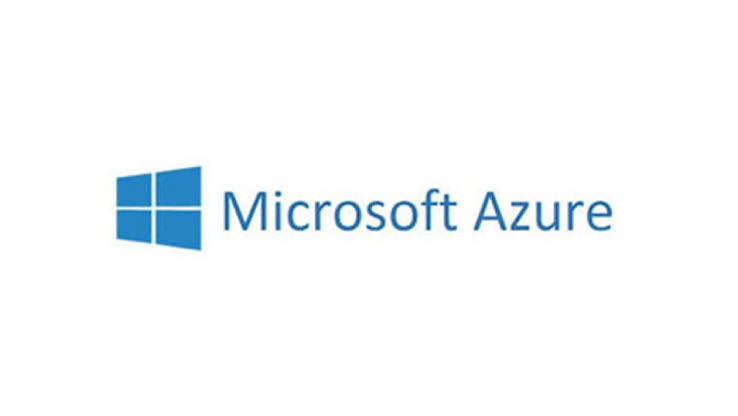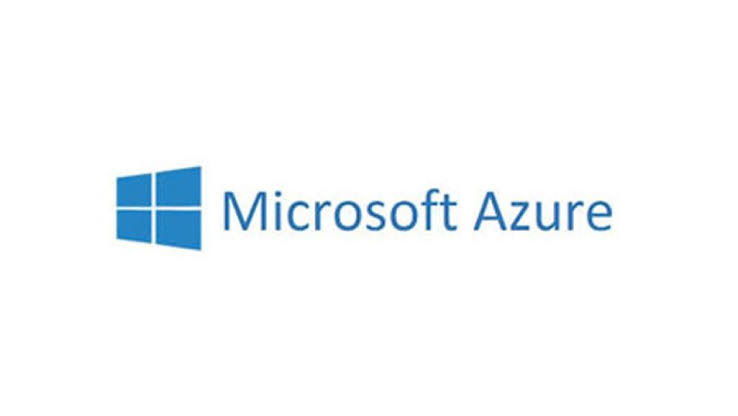If you've read “Microsoft” and haven't leaked, welcome to this introduction to the Microsoft Cloud solution ! Having worked for two years on Azure , I wanted to share what I had been able to learn and deliver my tips and my feelings about this tool.
To begin, we will see what Azure is, then I will give a personal opinion on the solution and we will end with a first tutorial.
Always present ? Let's go!
What is Microsoft Azure?
Microsoft Azure Concepts
As said above, Azure is Microsoft's cloud solution . It allows access to many services hosted by Microsoft . Currently, there are about a hundred of them, but this number is increasing rapidly with innovations.
Although this solution is mainly used as a public cloud , Azure allows through the use of Azure Stack to set up a private cloud and a hybrid cloud . However, we will only discuss the notion of public cloud in this article.
A quick reminder on the notions of private, public and hybrid cloud:
- The public cloud allows access to different services via Microsoft infrastructures.
- The private cloud also allows access to different services, but hosted on its own infrastructure.
- The hybrid cloud is a mix of both.
Listing all Azure services would be long and not necessarily interesting. I will therefore list those which seem to me to be the most important. They will be detailed later in other articles to come.
The main Microsoft Azure services are:
- Computing (virtual machines, containers, kubernetes, etc.),
- Security (Firewall, study of threats, monitoring, etc.),
- Identity (Active directories, etc.),
- Network (route, dns, gateway, etc.),
- Storage (databases, different types of storage depending on needs, etc.),
- IoT (APIs, Azure Cosmos DB, etc.)
However, if you want the exhaustive list , here is the link to the page of the Microsoft site which details the whole: List of Azure services
Like many cloud solutions, these services are hosted in different datacenters, located in different countries.
The Azure ecosystem.
Azure is already a complete cloud application platform, but it also has an interesting ecosystem , including:
Azure DevOps which is a fairly complete DevOps toolbox . It allows via a single interface to:
- Manage “agile” items (Epics, User stories, sprint, etc.),
- Synchronize a Github and access it via the interface,
- Manage builds, artifacts,
- Manage pipelines,
- Manage the creation and application of automated tests.
For more information, you can take a look here: Azure Devops Documentation
Office365 which is a user workstation management service (in 'more barbaric' terms, modern workplace). It allows the management of what a Windows station must need. For example emails, software.
PowerApps which is a tool for creating an application with little code. It is mainly used to automate business processes .
My feelings about Azure
Azure Strengths
Azure 's main strength (and it won't come as a surprise) is its compatibility with Microsoft services . Indeed, it is easy to couple your Azure cloud infrastructure with the one you have locally. It is the same with Office365 seen above and which is a service that occupies an important place at Microsoft.
Its second strength in my opinion is its Azure DevOps service. It allows the implementation of a first DevOps approach quite easily, with simplified administration and a graphical side that can be reassuring.
His weaknesses
The main strength of Azure is also its biggest weakness: the fact that it is so well integrated with everything related to Microsoft and promotes access to the Microsoft service can hinder the implementation of external solutions. In addition, it creates a dependency on Microsoft.
The second bad point remains in the theme. Microsoft licensing is very/too complicated compared to its direct competitors like AWS.
Now that the theoretical part is over, let's get down to business.
Let's start using it
Access to a test version of the platform.
Microsoft provides access to test its solution. Just perform the following steps.
- Click on the link to access the test version
- Click on the button framed in red.free azure interfacePicture 1: Free subscription access interface
- Sign in through the Microsoft portal. (if you don't have an account, create one)
- Fill out the form with your information. At the end of the procedure, you will be asked for your bank details. It is a security to avoid creating several free accounts.
Your first Infrastructure
In this chapter, we will see together some important notions supplemented by concrete examples.
The Basics of Resource Organization
Understanding the resource tree on Azure helps you better organize your resources and will make your life easier for administration and cost management. So we have :
- the management group, which can manage several subscriptions.
- subscription that contains multiple resource groups.
- resource groups which can contain several Azure resources (virtual machines, applications, etc.).
Your first virtual machine
For this first tutorial, we will perform the following steps:
- Check the presence of a subscription,
- Create your first resource group,
- Create your first Network Security Groups,
- Create your first virtual machine,
- Test the connection,
- Delete resources.
Let's resume our newly created account.
Check subscription
We will start by verifying that we have a subscription.
- In the search tab, enter 'subscription' (1)
- Select 'Subscription' (2)
- Check that it is present (3)
Creation of the resource group
We have a functional subscription, we will add a 'Resource group' in which to put our Virtual machine
- In the search tab, enter 'Resource Group' (1)
- Select 'Resource group' (2)
- Click on 'Create' (3)
- Enter the group name (1)
- Click on 'Verify + Create' (2)
Network Security Group
We will create and add a Network Security Group. It is the equivalent of the Azure version 'firewall'.
- In the search interface, enter 'Network Security Group' (1)
- Select 'Network Security Group' (2)
- Click on 'Create' (3)
- Enter the name of the network security group (1)
- Click on 'Verify + Create' (2)
- Here you have the default rules displayed (1)
- Click on 'Incoming traffic security rules (2)
- Click on 'Add' (1)
- Enter source 'Any' (2)
- Enter source port range (3)
- Enter destination 'Any' (4)
- Enter 'SSH' Service (5)
- Check 'Allow' (6)
- Enter number for priority (7)
Choosing the number to indicate priority is simple. The smaller the number, the earlier it will be processed. Blocking rules have larger numbers than allowing ones.
The added rule allows connecting to the VM while outside the Azure network.
Creation of the Virtual Machine
- In the search tab, enter 'virtual machine' (1)
- Select 'Virtual Machines' (2)
- Click on 'Create' (3)
- Add our Resource Group (1)
- Add Virtual Machine name (2)
- Check that the region is 'France' or the country closest to yours (3)
- Choose machine OS (4)
- Choose the size according to the need (5)
- Click 'Next: Disks'
- Select the disc type you are interested in (2)
- At 'Network card network security group', check 'Advanced settings' (1)
- Select the network group created previously.
- Click on 'Review + create'
Connection to the virtual machine
We will now verify the connection to the virtual machine.
- Upon creation, Azure will create a key for you. Save this and place it in your key directory.
- Go to 'virtual machine' as seen above, you will see your new machine.
- Select your machine, and copy your IP address.
- Enter the command: ssh -i [your-key].pem azureuser@[your-IP]
Deleting resources
To end this tutorial, delete your resources
- Launch 'Powershell'
- Enter Az login
- Enter your login information.
- Use the script to delete your resources one by one (for example here a virtual machine).
az resource delete--resource-group article_eleven--name article-eleven-vm--resource-type "Microsoft.Compute/virtualMachines"
- Now delete your Resource Group.
az group delete --name article_eleven
The name 'azureuser' is the default Azure VM user name. As we did not change it during our installation, we therefore use it.
The final word
Here is a first look at the Azure solution. We were able to quickly see the usefulness of the solution, and how it and its ecosystem can be interesting. You have also taken your first steps on the solution. If you are looking for more information, I can only redirect you to the Microsoft documentation on the subject. In future articles, we will go further in the configuration of the solution and we will see the services in more detail!
Report








